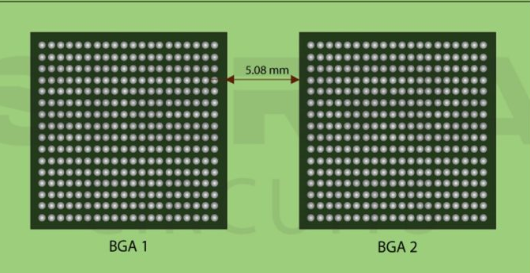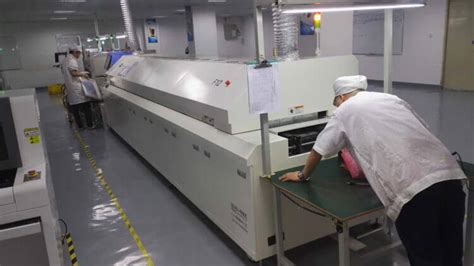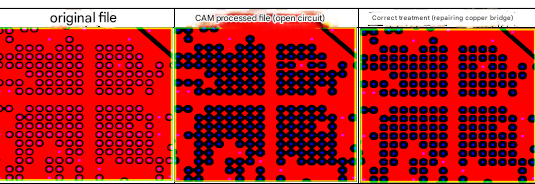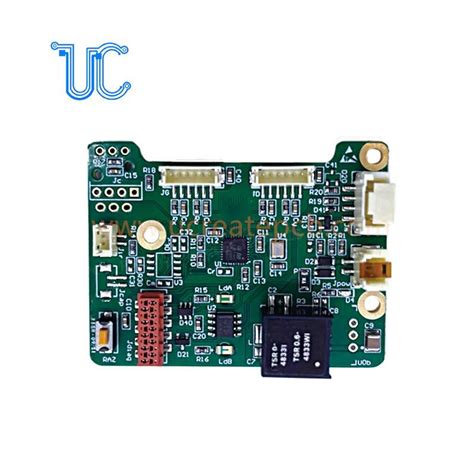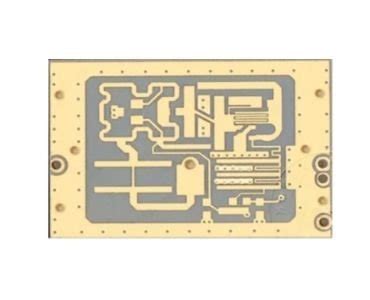Blank PCB Board Pricing: Essential Cost Factors
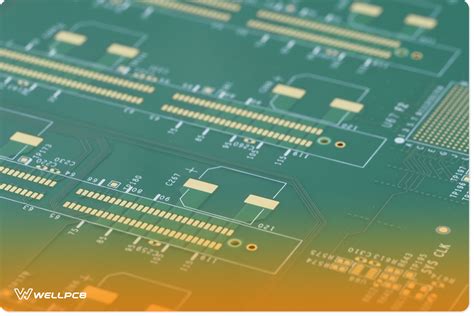
Key Takeaways
When evaluating PCB manufacturing expenses, understanding core cost drivers helps you make informed decisions. The price of blank PCB boards primarily depends on material grades (like FR-4 or high-frequency laminates), layer count (single-sided vs. multilayer designs), and board dimensions (which affect material waste and production time). Additionally, order volume plays a critical role—most PCB manufacturing companies offer tiered pricing, reducing per-unit costs for bulk purchases.
To optimize PCB manufacturing cost, balance specifications with project needs. For instance, opting for standard sizes minimizes custom tooling fees, while selecting mid-tier materials can maintain reliability without overspending. If you’re running a PCB manufacturing business, negotiating long-term contracts with suppliers often secures better rates. Always compare quotes across vendors, but prioritize quality certifications to avoid costly defects. Remember, cheaper upfront options might escalate expenses through rework or delays—strategic planning ensures your budget aligns with performance requirements.

Key Elements Affecting Blank PCB Costs
When evaluating blank PCB board prices, several critical factors directly influence your expenses. The choice of base material—such as FR-4, polyimide, or high-frequency laminates—significantly impacts PCB manufacturing cost. For example, FR-4 is cost-effective for standard applications, while specialized materials like Rogers substrates can double or triple material expenses.
PCB manufacturing companies often structure pricing based on layer count. A 2-layer board might cost $0.05 per square inch, but adding layers increases complexity:
| Layers | Approximate Cost Increase |
|---|---|
| 2 | Base rate |
| 4 | +30% |
| 6+ | +50–100% |
Board dimensions also play a role. Larger boards consume more raw materials, but panelization—grouping multiple designs into a single panel—can reduce waste. One PCB manufacturing business manager notes:
"Optimizing panel layouts can lower costs by up to 15%, especially for high-volume orders."
Speaking of volume, order size remains a key lever. Most suppliers offer tiered discounts—for instance, 10% off for 100+ units. However, balancing quantity with storage costs is crucial.
Finally, design complexity affects drilling, etching, and testing time. Simplifying trace patterns or using standard hole sizes can trim PCB manufacturing expenses without compromising functionality. For deeper insights, explore this resource on cost drivers. By addressing these variables, you can strategically align your project’s needs with budget constraints.

Material Quality’s Impact on PCB Pricing
Your choice of materials directly shapes PCB manufacturing costs, with substrate and laminate quality accounting for 15-30% of total expenses. FR-4 epoxy, the industry-standard base material, balances affordability and performance, but specialized applications often require pricier alternatives like polyimide or high-frequency laminates. For instance, RF-focused boards might use Rogers materials at 3-5x the cost of standard substrates due to their superior thermal stability and signal integrity.
PCB manufacturing companies typically offer tiered pricing based on material grades, with industrial-grade options costing 20-40% more than consumer-grade equivalents. Surface finishes like ENIG (Electroless Nickel Immersion Gold) add 10-25% to baseline pricing compared to HASL (Hot Air Solder Leveling), though they improve durability for complex assemblies. When optimizing PCB manufacturing business budgets, you’ll need to assess whether premium materials align with your board’s operational demands—high-reliability medical devices justify costlier substrates, while disposable electronics might prioritize economy.
Supply chain factors also play a role: copper-clad laminate prices fluctuate with global metal markets, creating variable PCB manufacturing cost structures. Partnering with fabricators that maintain multi-source material inventories can mitigate these swings while ensuring consistent quality.
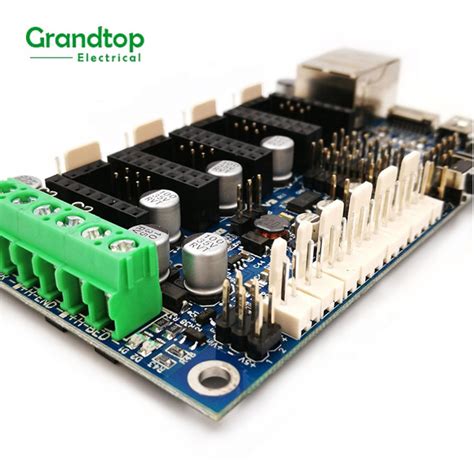
How Layer Count Influences Board Prices
When evaluating PCB manufacturing costs, the number of layers in your design plays a pivotal role. Simple single- or double-layer boards are often the most affordable because they require fewer materials and less complex processes. However, as layer counts increase—common in modern electronics—so do material expenses, labor hours, and technical challenges. For example, a 4-layer board might cost 30-50% more than a 2-layer design due to additional copper, substrates, and lamination steps. PCB manufacturing companies typically price multilayer boards higher because they demand precise alignment during stacking, specialized drilling for vias, and rigorous quality checks to prevent signal interference.
High-layer designs (8+ layers) further escalate PCB manufacturing business expenses, as they involve advanced equipment and skilled technicians. Each added layer introduces risks like delamination or alignment errors, which can lead to waste and rework. This is why prototyping with fewer layers, when possible, helps control costs before scaling production. That said, complex applications like high-speed computing or IoT devices often necessitate multilayer configurations for performance. Balancing functionality with PCB manufacturing cost requires careful collaboration with your supplier to optimize layer usage without over-engineering the design.
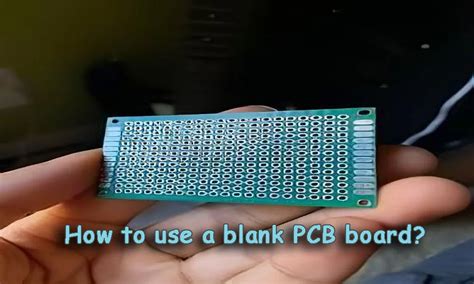
Board Dimensions and Manufacturing Expenses
The physical size of a blank PCB directly impacts PCB manufacturing cost, as larger boards consume more raw materials and require extended processing time. Standard panel sizes used by PCB manufacturing companies optimize material utilization—if your design exceeds these dimensions or uses irregular shapes, it increases material waste and raises expenses. For example, a 12×16-inch panel might accommodate multiple smaller boards efficiently, but a single large design could leave unused space, forcing manufacturers to charge more per unit.
Complex designs with tight tolerances or intricate geometries also elevate PCB manufacturing expenses. Features like ultra-thin traces or high-density layouts demand advanced equipment and slower production speeds, which many PCB manufacturing business models factor into pricing. However, aligning your board’s dimensions with standard specs can reduce costs without compromising functionality.
When planning your project, discuss size constraints early with manufacturers. Many offer design-for-manufacturability (DFM) guidance to help balance performance and PCB manufacturing cost. While custom sizes are sometimes necessary, sticking to common dimensions—when possible—ensures better rates and faster turnaround times, especially for prototyping or mid-volume orders.

Order Volume Discounts and PCB Rates
When planning your PCB manufacturing project, understanding how order volume affects pricing is critical. Most PCB manufacturing companies structure their rates using tiered pricing models, meaning per-unit costs decrease as quantities increase. For instance, ordering 100 boards might cost $5 per unit, while 1,000 units could drop to $3 each. This economies of scale principle applies because bulk orders spread fixed setup costs—like tooling and panelization—across more units.
However, balancing your budget with actual needs is key. Overordering to secure lower PCB manufacturing cost might lead to wasted inventory, while underordering risks higher reorder fees. Reputable manufacturers often offer flexible tier breaks, so discuss your project’s scope upfront. If you’re running a PCB manufacturing business, negotiating long-term contracts or repeat-order discounts can further optimize expenses. Always compare quotes while ensuring quality isn’t compromised for lower rates—high-volume savings shouldn’t come at the expense of reliability.
Optimizing Blank PCB Costs Effectively
To minimize PCB manufacturing costs without compromising quality, you need to adopt a strategic approach. Begin by standardizing designs where possible—using common board dimensions and layer counts reduces tooling adjustments and material waste. For example, opting for a two-layer board instead of four layers can lower expenses significantly if your application doesn’t require complex circuitry.
Another key lever is order volume. Most PCB manufacturing companies offer tiered pricing, meaning larger batches often come with per-unit discounts. However, balance this with inventory management to avoid overstocking. If prototyping, consider panelizing multiple designs on a single board to share PCB manufacturing business overheads.
Material selection also plays a critical role. While high-frequency laminates may be necessary for specialized applications, FR-4 substrates typically suffice for general use and cost 20–40% less. Partner with manufacturers that provide transparent PCB manufacturing cost breakdowns, enabling you to identify areas for negotiation, such as bulk material sourcing or streamlined testing processes.
Finally, leverage design-for-manufacturing (DFM) software to catch errors early. A single design revision post-production can erase initial savings. By aligning your requirements with production capabilities—and maintaining open communication with suppliers—you ensure cost efficiency without sacrificing reliability.
Standard vs Custom PCB Cost Analysis
When evaluating PCB manufacturing expenses, understanding the cost divergence between standard and custom boards is crucial. Standard PCBs typically follow pre-defined specifications (like FR-4 substrates, 1.6mm thickness, and 1–2 layers), allowing PCB manufacturing companies to optimize processes for bulk production. This standardization reduces PCB manufacturing cost through economies of scale, automated workflows, and minimized material waste. For example, ordering 100+ units could lower per-board prices by 30–50% compared to small batches.
In contrast, custom designs introduce variables that escalate costs: complex layer stacks (8+ layers), specialized substrates (high-frequency or flexible materials), and tighter tolerances. These require advanced engineering input, unique tooling setups, and slower production cycles—factors that challenge even established PCB manufacturing business models. While custom boards offer tailored performance, their per-unit costs can exceed standard options by 2–5x, especially for prototypes.
Your choice hinges on balancing technical requirements with budget constraints. For non-critical applications, standard boards often deliver sufficient quality at competitive rates. However, specialized projects may justify higher initial PCB manufacturing cost to avoid performance compromises or redesign expenses later. Always request detailed quotes to compare how design complexity impacts pricing across vendors.
Balancing Quality and Budget in PCBs
Achieving the right balance between PCB manufacturing cost and performance requires strategic decision-making. While opting for cheaper materials or fewer layers might lower upfront expenses, it could compromise reliability—especially in demanding applications. For instance, selecting FR-4 substrates over high-frequency alternatives saves money but may limit signal integrity in advanced electronics. To navigate this, collaborate with PCB manufacturing companies that offer transparent pricing tiers and clarify how design choices impact budgets.
Consider standardized specifications where possible: uniform board dimensions or predefined layer stacks often reduce PCB manufacturing business overheads. However, custom requirements like tighter tolerances or specialty finishes will elevate costs. Prioritize features critical to functionality—such as thermal management for power-heavy designs—while compromising on non-essentials. Bulk ordering through PCB manufacturing partners can also unlock volume discounts without sacrificing quality, provided your project allows scalable production.
Ultimately, balancing these factors hinges on understanding your application’s technical thresholds and aligning them with cost-efficient practices. Regular communication with suppliers ensures you avoid over-engineering while maintaining performance benchmarks.
Conclusion
When navigating PCB manufacturing costs, understanding how variables interconnect helps you make informed decisions. Material selection directly impacts durability and performance, while layer count and board dimensions determine production complexity. Partnering with reputable PCB manufacturing companies ensures access to expertise for balancing specifications with PCB manufacturing cost constraints.
Volume discounts often lower per-unit expenses, but prototyping smaller batches can validate designs before scaling. Whether managing a PCB manufacturing business or sourcing boards for a project, prioritize transparency in quoting processes and seek suppliers offering detailed breakdowns of material, labor, and overhead fees. By aligning technical requirements with budget realities, you optimize expenditures without compromising functionality—a critical balance in achieving cost-efficient outcomes.
FAQs
How does material selection affect blank PCB board pricing?
The type of material used in PCB manufacturing directly impacts costs. High-frequency laminates or specialized substrates cost more than standard FR-4, but they offer better performance for demanding applications. Balancing material quality with project requirements helps control PCB manufacturing costs.
Why do multi-layer boards cost more than single-layer designs?
PCB manufacturing companies charge higher rates for multi-layer boards due to the complexity of aligning and bonding layers. Each additional layer increases production time, material usage, and quality checks, which raises the overall PCB manufacturing business expenses.
Can ordering in bulk reduce per-unit PCB costs?
Yes, most PCB manufacturing suppliers offer volume discounts. Larger orders optimize machine setup time and material waste, lowering the PCB manufacturing cost per board. However, ensure your design is finalized to avoid costly revisions mid-production.
How do board dimensions influence pricing?
Larger boards require more raw materials and may limit how many units fit on a single production panel. Optimizing your design for standard panel sizes helps minimize waste and keeps PCB manufacturing expenses manageable.
What’s the price difference between standard and custom PCBs?
Custom specifications, like unusual shapes or non-standard finishes, often incur higher charges. PCB manufacturing companies may apply setup fees for specialized processes, whereas standard designs benefit from pre-optimized workflows.
Get a Personalized Quote for Your Project
For tailored insights into PCB manufacturing cost and design optimization strategies, please click here to connect with industry experts.


